The Birth of Microsoft
On April 4, 1975 — a half-century ago Friday — programmer Paul Allen and Harvard dropout Bill Gates founded a company in Albuquerque to write software for the new Altair 8800 personal computer.
They named their company Micro-Soft.
Childhood Friends and Programming Prodigies
Bill Gates and Paul Allen grew up together as friends in Seattle, attending a private prep school. They took an early interest in computing, forming a club that allowed them time on a mainframe computer.
They started out writing games but soon moved into studying the computer’s source code. In November 1970, a Portland, Oregon, company hired the two to write a payroll program. Allen was 17 years old. Gates was 15.
Two years later, they were hired again to write software that would read data from highway traffic counters and create reports for traffic engineers. By this time, Allen was a student at Washington State University. They brought in a friend to help them build a computer from parts that were available to electronics hobbyists. They called their partnership Traf-O-Data.

The Traf-O-Data computer in 1972. Photo sourced from Geekwire
Allen dropped out of Washington State to move to Massachusetts to take a job with Honeywell. Gates enrolled at Harvard, but the two continued to spend time together.
On Jan. 1, 1975, the Altair 8800 personal computer appeared on the cover of Popular Electronics magazine. This inspired Allen and Gates to develop a version of the BASIC programming language specifically for the Altair.
Allen contacted the Altair’s parent company, MITS of Albuquerque, and told them he had a working interpreter for the Altair. Naturally, MITS wanted a demonstration. It took Allen and Gates eight weeks to get the language written.
The interpreter worked flawlessly. MITS bought their language and would begin marketing it that June. In the meantime, Allen and Gates relocated to Albuquerque and founded their new company on April 4, 1975. They called it “Micro-Soft,” a mashup of the words microcomputer and software.
Allen later said he had considered their collaborations to be an equal partnership but when they incorporated, he was surprised when Gates had another idea.
“It’s not right for you to get half,” Allen says Gates told him. “You had your salary while I did almost everything on BASIC without one back in Boston. I should get more. I think it should be 60-40.”
Allen thought about it and decided Gates had a point. He agreed. A few months later, Allen said, Gates requested another change to make their partnership 64-36.
In January 1979, Allen and Gates moved Microsoft and its 35 employees to Bellevue, Washington, and began concentrating on creating an operating system for the new personal computer IBM was working on. In November 1980, Microsoft won a contract from IBM to supply what Allen and Gates called MS-DOS, although IBM rebranded it as IBM PC DOS.
Microsoft introduced Windows in November 1985 and, the next year, relocated its business again to Redmond, Washington, and took itself public, raising $61 million in capital. By the end of the decade, Microsoft was the world’s largest personal computer software company based on sales.
In 1995, Microsoft launched its Windows 95 operating system and hired the Rolling Stones to sing “Start Me Up” to advertise the new product. That same year, Microsoft launched its web browser, Internet Explorer.
By 1998, the U.S. Department of Justice and the attorneys general of 20 states charged Microsoft with using its dominance in the computer market to drive competitors out of business. Microsoft settled in 2001 by accepting restrictions on its corporate practices.
That same year, Microsoft entered the video game market with its Xbox console.
In 1982, Allen was diagnosed with Hodgkin’s lymphoma. He left full-time work at Microsoft the next year but remained on the company’s board of directors through 2000. He did in 2018 at age 65.
In 2000, Gates stepped down as Microsoft CEO but became chairman of the company’s board. In 2008, he cut back on his full-time role to concentrate on working with the charitable foundation he and his wife at the time, Melinda, had set up.
Gates stepped down as chairman in 2014 and took on a role as adviser to the company’s new CEO. He left Microsoft for good in 2020 to focus on philanthropic efforts in education, health and climate change.
How Microsoft Makes Its Money

Microsoft Annual Revenue
